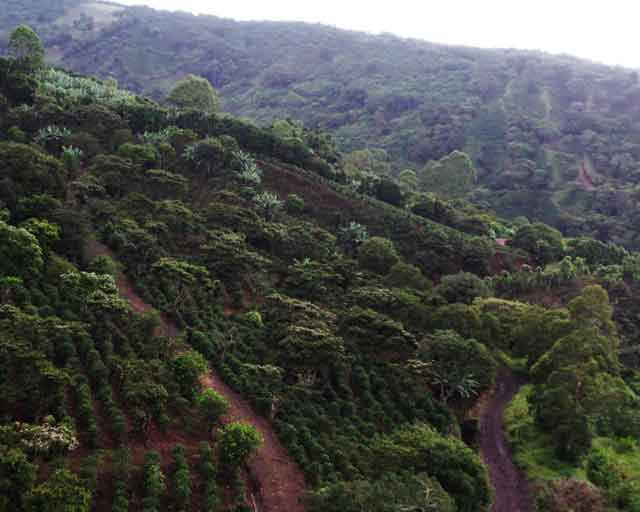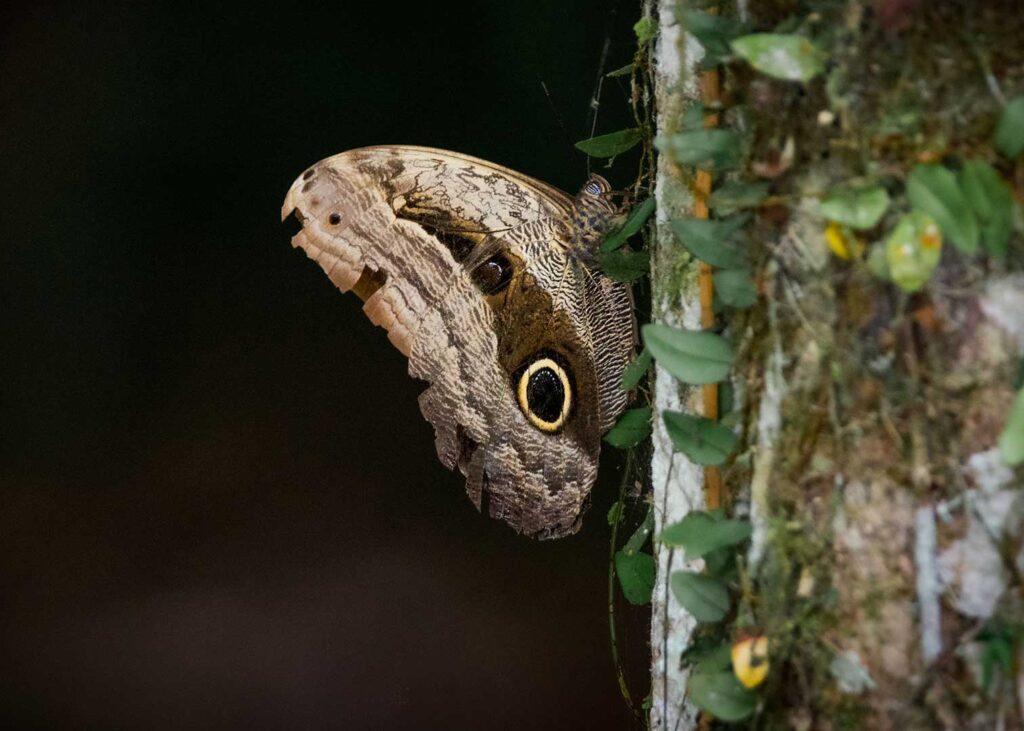It’s almost World Chocolate Day, but our favourite sweet treat is under threat. Climate impacts are putting pressure on supply and sending prices soaring. But there is a solution, and it lies in nature. Here, we explain how cocoa agroforestry can help restore the chocolate industry and protect cocoa farmers now and in the future.
News & Stories
Agroforestry is the Solution to Cocoa’s Climate Crisis this World Chocolate Day
Cocoa agroforestry can help restore the chocolate industry and protect cocoa farmers now and in the future
Cocoa Agroforestry Can Help Restore the Chocolate Industry and Protect Cocoa Farmers
People around the world will celebrate World Chocolate Day this Sunday [7 July] by tucking into their favourite sweet treat. But it’s important to remember the ongoing challenges being faced by the cocoa industry as it grapples with the impacts of our changing climate.
Chocolate companies have been buying cocoa for around $2,500 per metric ton in recent years. But prices have been soaring this year, reaching an all-time high of more than $11,000 in April. While the price has dropped slightly since, food companies are still having to pay well above what they are used to paying for their cocoa beans, the main ingredient that goes into many chocolate products.
There are a number of reasons for this. West Africa, the world’s biggest cocoa-growing region, has been hit by widespread crop disease, seriously affecting yields and productivity. Meanwhile, so-called ‘farmgate pricing’ has encouraged many farmers to turn their back on cocoa to grow more lucrative crops, like rubber, instead. According to Rabobank, 2024’s cocoa crop will experience the largest deficit in the last 60 years.
Poor soil fertility and biodiversity loss occurring as a direct result of changes in our climate, are also taking their toll. In Ghana and Côte d’Ivoire, which together produce more than half of the world’s cocoa, deforestation has decimated the landscape. In Côte d’Ivoire, cocoal production is the biggest cause of tree loss. Between 2000 and 2019, around 2.4 million hectares of forest was replaced by cocoa plantations. That’s 45% of all deforestation in the country.
Here too, widespread cacao monoculture, whereby farmers cultivate only cacao trees on a piece of land, while boosting yields in the short term, has come at a price. This unsustainable farming method enables farmers to maximise the food they produce, but it quickly causes the soil to degrade, lose key nutrients, dry up and lower biodiversity.
When supply can’t meet demand, prices soar, creating nervous brands (fearful of supply chain disruption) and anxious consumers (who will end up paying more for their favourite chocolate bar). Restoring the productivity of existing cocoa plantations is crucial if we are to close the yield gap and sustainably increase cocoa production to meet ever growing demand.
A solution to reverse the situation exists. And it exists in nature.
You see, hundreds of years ago, cocoa came from trees that were part of the primary forest. The crops thrived in forests because there was no competition between species. And while the cocoa trees would take some nutrients from the soil they would put other important nutrients back into the soil which would support neighbouring plants and trees.
To give you an example: Cocoa-growing soils in countries like Ghana, where monoculture has dominated for so long, have a relatively low pH level of around 5.5. Planting banana plants right next to cocoa trees helps to balance out the pH levels as bananas prefer a more alkaline soil state.
Through agroforestry, nature’s diversity creates a virtuous circle, balancing our ecosystems for the good of all. It is something that West African governments increasingly recognize as being key to restoring their all-important cocoa industries. The newly introduced African Regional Standard (ARS) 1000 is designed to guide brands, suppliers and farmers towards sustainable, deforestation-free cocoa production. It emphasizes the implementation of cocoa agroforestry in existing farms located in rural areas.
We’ve been working with brands on cocoa agroforestry projects since 2019. Food companies source a significant amount of cocoa from West Africa. They are at the mercy of climate-related impacts that are already impacting their supply chains.
We have developed a number of agroforestry projects around the world, including in West Africa. In the last five years in West Africa, together with our partners, we have:
- planted over 2 million trees
- worked with 16,845 farmers
- incorporated different native tree species.
All of our agroforestry projects are designed to reverse current trends by focusing on in-farm reforestation and community-run conservation, through awareness-raising, improved cookstoves, beekeeping, fish breeding, income-generating activities, and diversified agroforestry models.
In our experience, community-run projects and building local skills, knowledge and capacity is crucial if we are to secure permanent impacts. That’s why creating projects with farmers, and developing complementary activities like improving cookstoves, is so important. We launched the Improved Cookstoves Initiative in 2021 to improve people’s lives, especially local women. In Côte d’Ivoire, many communities cook on open fires which demand the frequent harvesting of wood, often from nearby forests. By supporting and encouraging families to use new, clean cookstoves, we can reduce deforestation, improve air quality, and make cooking more efficient.
Soaring cocoa prices, driven by climate change, underscore the need for sustainable solutions. Agroforestry, with its focus on biodiversity and ecosystem balance, presents a promising path forward. By working with local communities, and implementing sustainable practices, we can help restore the productivity of cocoa plantations and ensure a more resilient and equitable cocoa supply chain. Through these efforts, we not only safeguard the future of chocolate but also contribute to the well-being of farmers and the health of our planet.
Related Posts
Industry highlights from PUR projects across the world.

Tree Nurseries in Colombia

Top 3 Trends for Nature-Based Investments in 2024

Global Biodiversity and Nature-Positive Development
